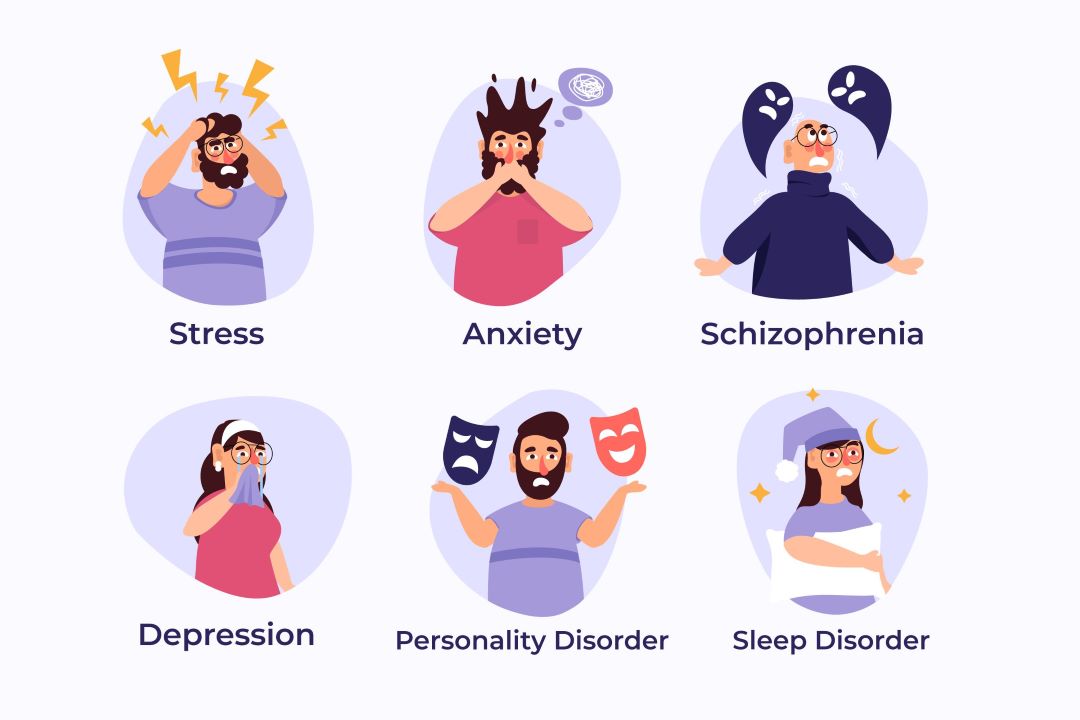Sensitivity Training: Understanding Triggers, Supporting Colleagues
Sensitivity training often gets a bad rap, but at its core, it’s about fostering a more inclusive and respectful work environment. A key aspect of this is understanding triggers: those sensitive topics or experiences that can evoke strong emotional responses in colleagues. It’s not about walking on eggshells; it’s about building empathy and creating a space where everyone feels safe and supported.
What are triggers?
Triggers are stimuli or situations that elicit strong emotional responses, often linked to past traumatic experiences or personal challenges. These responses can manifest as anxiety, stress, or even a full-blown emotional reaction.
Triggers are deeply personal and can vary significantly from person to person. What may be triggering for one individual might not affect another in the same way.
Triggers are commonly associated with trauma, but they can also be linked to various personal challenges, such as stress, grief, or ongoing life difficulties.
Here are some common types of triggers:
- Microaggressions: Subtle, often unintentional, but nonetheless harmful comments or actions that reinforce negative stereotypes. For example, assuming someone’s intelligence based on their race or gender.
- Unconscious bias: implicit prejudices we all carry that can influence our behaviour without us realising it. For example, we might favour someone from our own social group during a promotion decision.
- Trauma reminders: words, phrases, or even smells that can evoke memories of past painful experiences. Trauma reminders can range from loud noises triggering war veterans to certain types of touch triggering survivors of abuse.
Identifying Triggers in the Workplace
Triggers are unique to each individual. There’s no one-size-fits-all approach. It’s okay to make mistakes. Everyone is on a learning journey. Please apologise sincerely and learn from your missteps. Here is how you can identify triggers and navigate them:
Open Communication: Encourage open communication in the workplace. Create an environment where colleagues feel comfortable discussing their experiences and potential triggers.
Active Listening: Practice active listening to understand your colleagues better. Being attuned to verbal and non-verbal cues can help identify potential sensitivities, as triggers can sometimes be subtle.
Observing behavioural changes: Be attentive to sudden or significant changes in behavior. These changes might indicate that a colleague is navigating a trigger.
Respect boundaries: If someone asks you to avoid certain topics or behaviours, respect that. It’s not about censorship; it’s about creating a safe and inclusive environment.
Educate yourself: Actively learn about different cultures, experiences, and triggers. This shows you care and helps you avoid unintentional harm.
Offer support: If you see a colleague struggling after being triggered, offer support. Ask if they need anything, listen without judgement, and connect them with resources if needed.
Creating a truly inclusive environment: Be patient, be kind, and be willing to learn and grow together.
Supporting Colleagues through triggering events
Educate Yourself:
Take the initiative to educate yourself about common triggers and their potential effects. This knowledge allows you to approach sensitive topics with awareness and sensitivity.
Respect Boundaries:
Respect your colleagues’ boundaries. If they’ve shared information about their triggers, be mindful of it in conversations and interactions.
Offer support, not solutions:
When a colleague is navigating a trigger, offer support without trying to provide solutions. Sometimes, a listening ear and an empathetic presence can be more valuable than advice.
Create safe spaces:
Foster a workplace culture that emphasises inclusivity and the creation of safe spaces. Colleagues can experience immense relief when they know their triggers are acknowledged and respected in the workplace environment.
Navigating triggers: Sensitivity Training
Training Programmes:
Integrate sensitivity training programmes into the workplace. These programmes can provide valuable insights into understanding triggers, fostering empathy, and promoting a supportive culture.
Anonymous Feedback Channels:
Establish anonymous feedback channels where employees can share their experiences and suggest ways to enhance sensitivity and inclusivity.
Leadership Example:
Leadership plays a crucial role in setting the tone for workplace culture. When leaders prioritise sensitivity and openly support colleagues through triggers, it sends a powerful message throughout the organisation.




